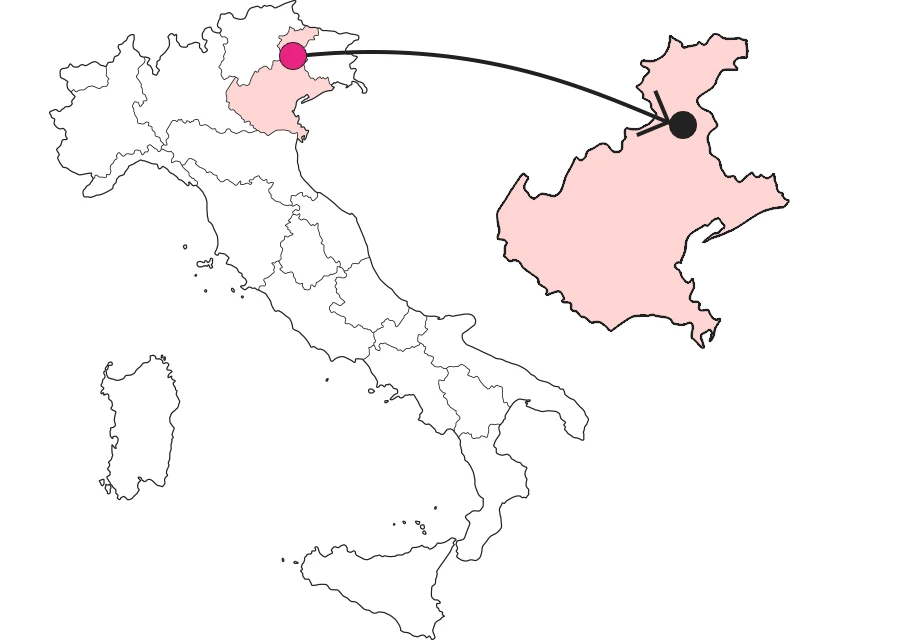SHARRYLAND


Vigo di Cadore and the church of Sant'Orsola
How much beauty is hidden in the Cadore valley


Where is

What it is and where it is
When one sees Vigo di Cadore from a distance, one notices a small town with the buildings and streets compacting on top of each other almost hugging each other, but never to the point of leaving no room for corners of meadow and trees sprouting here and there. On closer inspection, it seems to want to blend into the valley and become one with the meadows that surround it, the woods that rise up along the sides of the mountain, and the Dolomites that close the picture with their majestic and reassuring presence.
Why it is special
It is surprising to think that such a small municipality has a fair number of churches. And fortunately so, because it is they who guard the historical and cultural memory of the village. The church of San Michele, for example, is a 16th-century building that stands on the remains of its ancestor, which dated back to the 13th century. Inside, paintings and sculptures by local artists tell of the art and devotion of the time. Then there is the Pieve della Madonna della difesa, also from the 1500s, and in the locality of Salagona, the 13th-century church of Santa Margherita, a small treasure trove of medieval art.
Not to be missed
The most beautiful church, however, is in Vigo Square and is a Gothic-style jewel that comes down to us from the 14th century: the little church of St. Ursula. The architecture is that simple of mountain buildings: rectangular plan, small size, gabled facade with a projecting roof. It was precisely this canopy that protected the frescoes on the facade, a prelude to the lively and enveloping interior painting cycle, which tells the life of St. Ursula. But it is not only the painting that leaves one surprised: the wooden altar is also an exquisite work of German taste that, although made in the 1500s, conforms well to the Gothic style of the little church.
Curiosities
The faux-draped lowers found inside St. Ursula's are characterized by a small detail capable of revealing the probable function that the patron of the small chapel had in mind for the structure. The curtains, in fact, are not still, but are depicted at the moment when people are lowering them as a sign of mourning. This is precisely why it is thought that Ainardo da Vigo wanted the small temple to become his funeral chapel.
Enter the Map of Italy's Undiscovered Wonders and find treasures where you least expect it... Inspire, Recommend, Share...
Contact
Collections
The Map thanks:
Enter the Map of Italy's Undiscovered Wonders and find treasures where you least expect it... Inspire, Recommend, Share...
Where is

Contact
Collections

